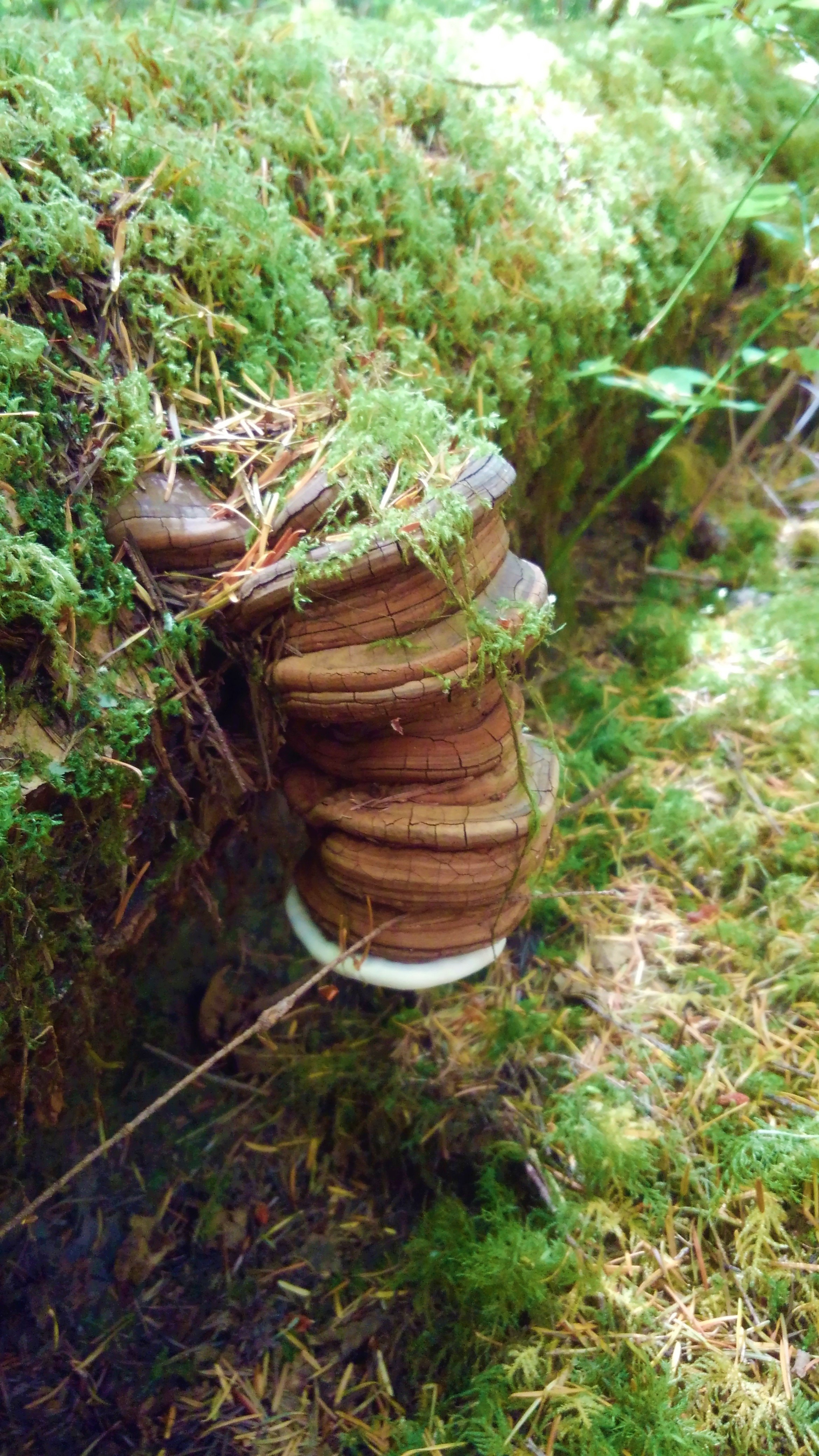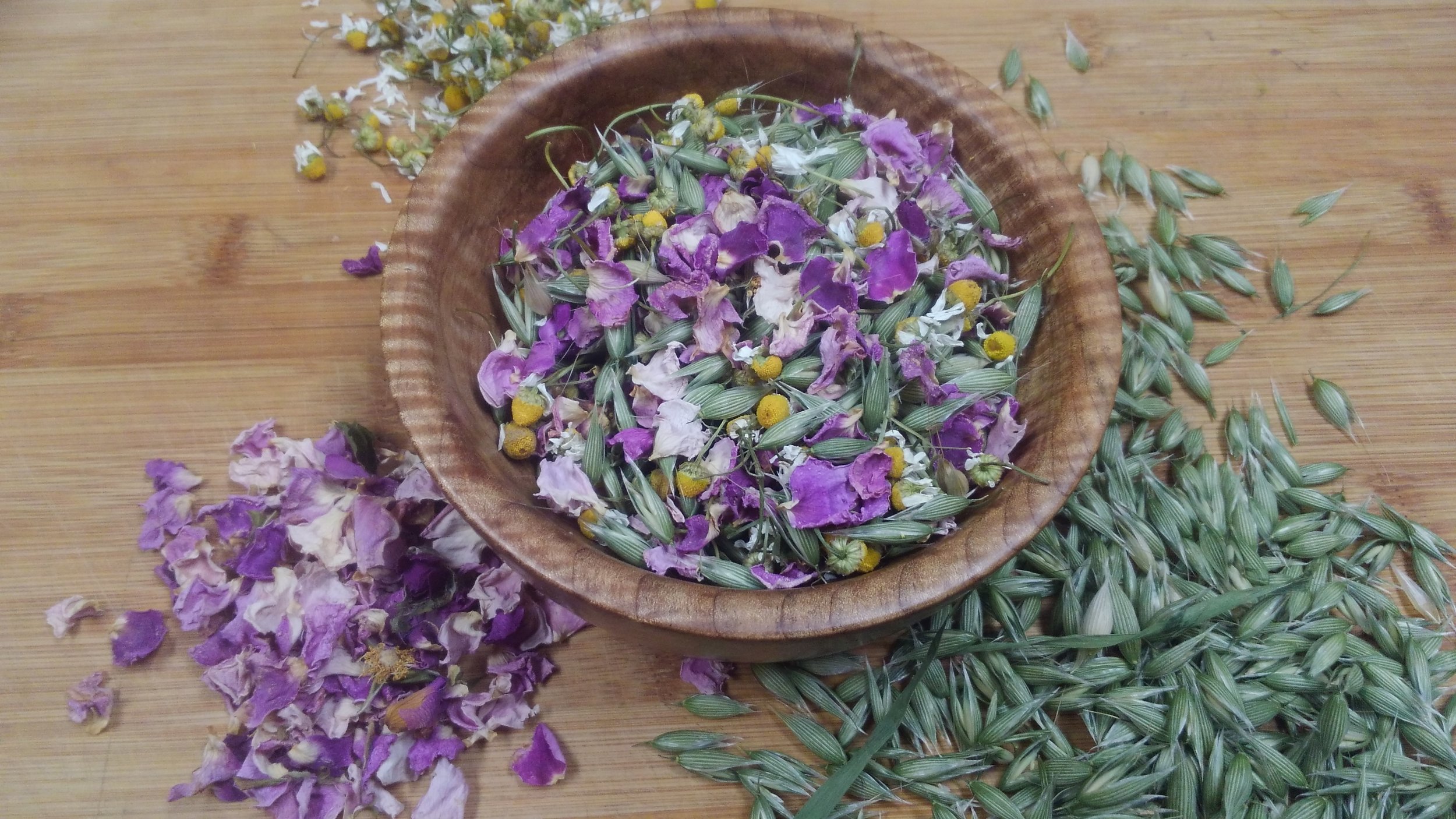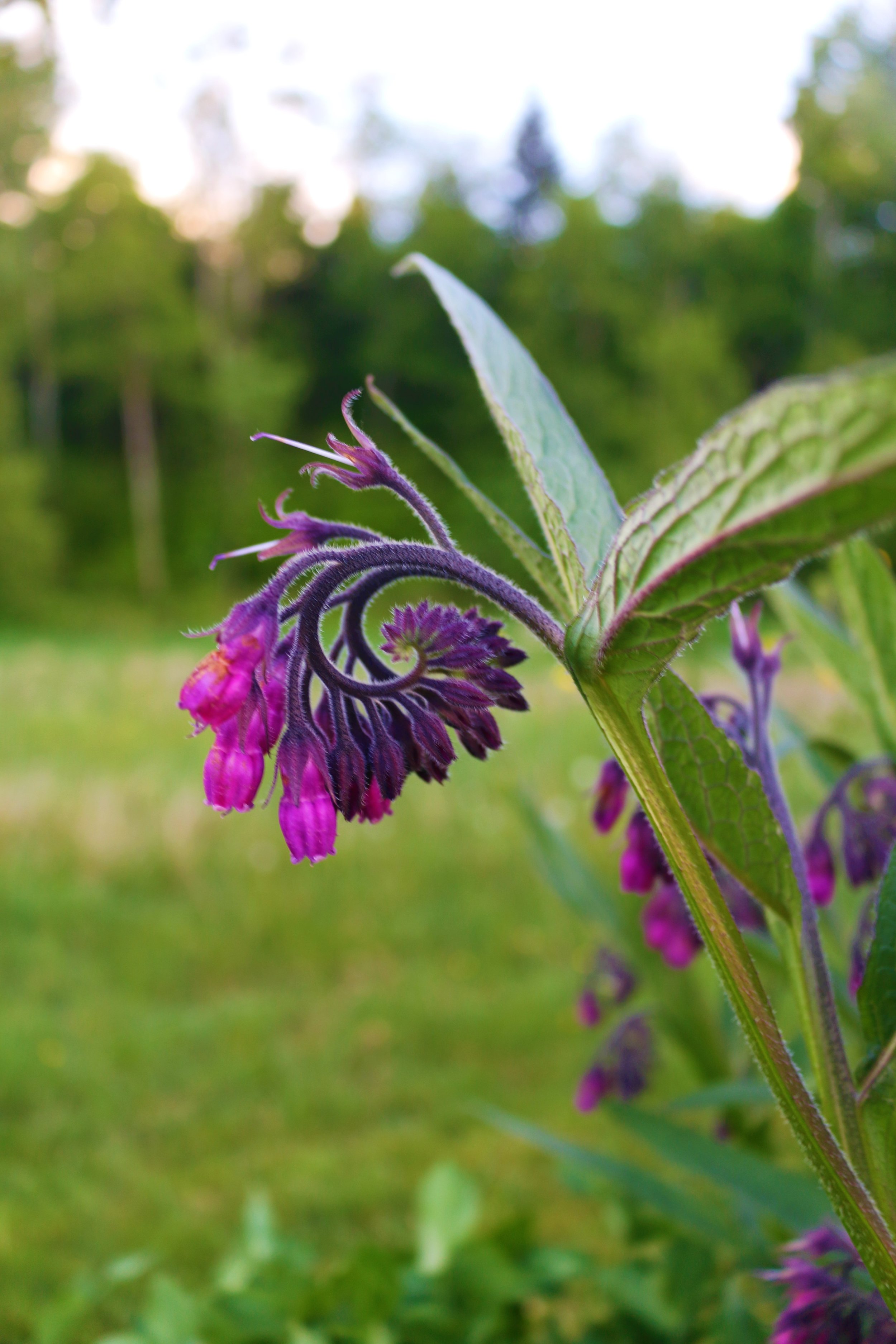Comfrey Root - Monograph
Comfrey Root
Name: Comfrey Root
Latin name: Symphytum officinalis. The Latin name is from the Greek symphis, which means “growing together of bones” or “knit together.”
Botanical Family: Boraginaceae
Taste/smell: Earthy, nutritious
Energetics: Cooling, mucilaginous, soothing, grounding
Uses: External only, as a poultice, paste, fomentation, oil, salve, cream
Externally (and traditionally internally) it is used for breaks, sprains, fractures, dislocations, burns, ulcers, noninfected wounds, and inflammatory skin disorders. Comfrey contains allantoin, which promotes granulation and cell formation which aids in healing at the cellular level. It has anti-inflammatory properties and is useful in the treatment of skin conditions following post radiation in cancer patients. Comfrey also contains pyrrolizidine alkaloids (PAs), a known hepatotoxic agent. Overuse of substances containing PAs can lead to severe liver damage and in 2001, the FDA asked major manufacturers to remove comfrey from their standard list of ingredients. * More on that below
Herbal actions of comfrey root:
1. Vulnerary: wound healing
2. Astringency: stops bleeding
3. Demulcent nature: soothing and pain relieving
4. Allantonin: promotes cell-proliferation for quicker healing of wounds
5. Relieves dryness and irritation
6. Used for perineal tears after child birth
7. Contains allantoin, rosmarinic acid, and tannins, which may help regeneration of skin and reduce pain and inflammation.
8. Fortunately, these alkaloids are not easily absorbed by the skin, that makes using comfrey oil on your skin safe, as long as it’s not put on open wounds or sores.
Contraindications *It should be noted that the studies that led to this decision involved isolating PAs and injecting them at high concentrations into rats. Since a chemical in isolation behaves differently than when present in a whole plant, rats are different than humans, and it is unclear whether common comfrey (S. officinale) or Russian comfrey (S. uplandicum) was used, there is dissension among herbalists regarding this decision and whether comfrey is indeed toxic. We err on the side of caution and recommend avoiding comfrey root for internal use particularly in the case of preexisting liver conditions, and if considering internal use we recommend researching this matter for yourself, so you have all the facts.)
Comfrey Root Infused Oil
Grind dried comfrey roots in coffee grinder or mortar and pestle. Fill the jar 2/3 full with dried* comfrey roots, Fill the rest of the jar with a liquid oil of your choice.
Wait a minute or so and top up the jars with more oil if the level goes down. Also make sure that the herbs are completely submerged.
Place the jar(s) in a warm place for 3-6 weeks. The general advice is to give them a little shake every day. I tend to shake them when I remember to do it. You should pop the jars in brown paper bags if you decide to put them on a windowsill to prevent UV damage. You can also use a crock pot, fermentation heat strip, yogurt maker….etc.
After the 3-6 weeks have passed, strain the roots out of the oil by pouring it all out into a cheese cloth lined sieve/strainer. Capture the oil in a bowl below and make sure to wring as much oil out of the cheese cloth as possible. I like to let mine strain overnight.
Bottle and enjoy.
Looking for dried comfrey root? Shop our store by clicking here!









